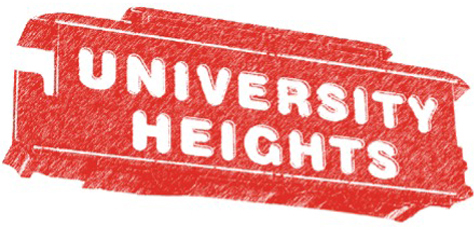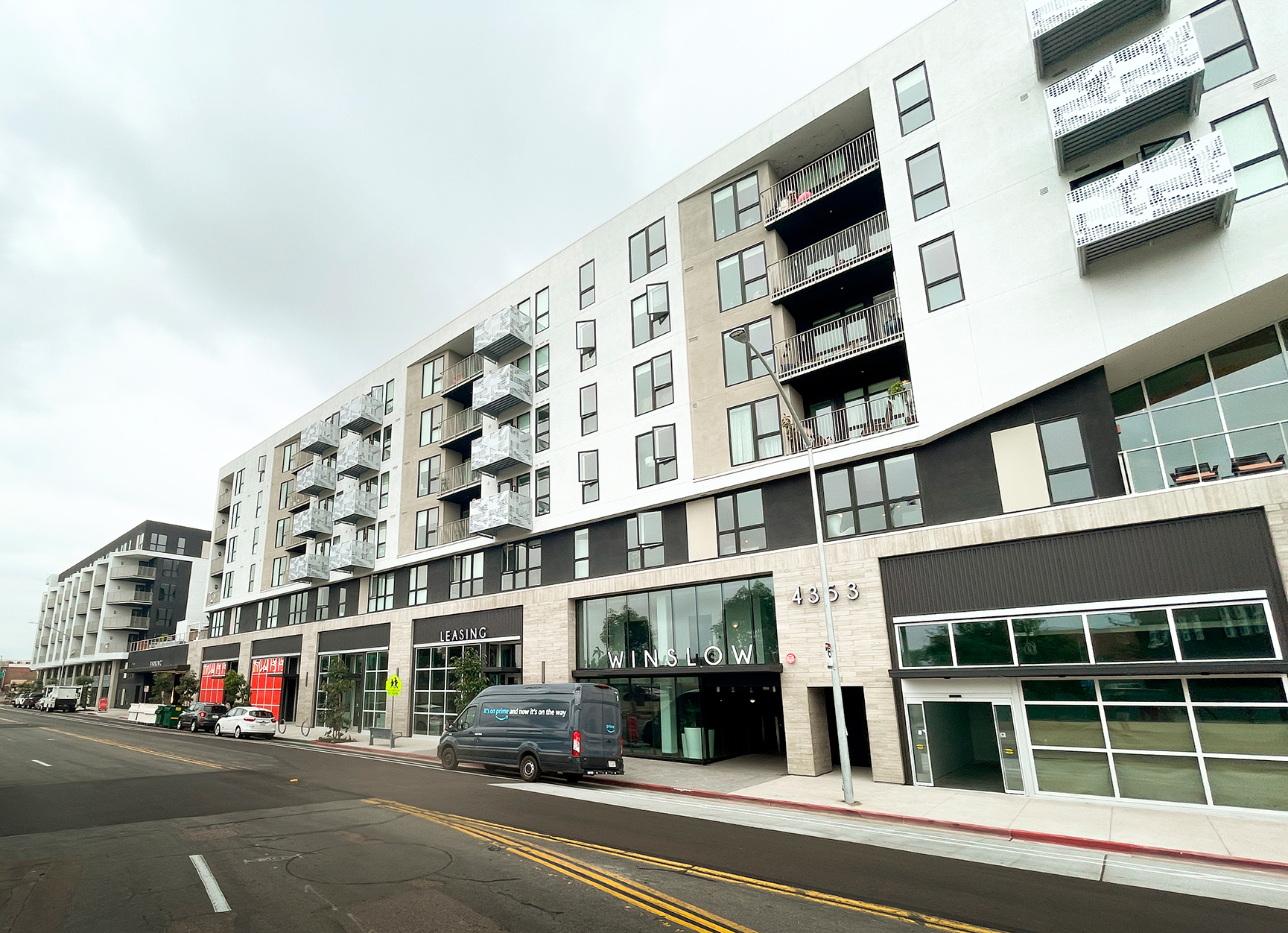City and state leaders, and building proponents in San Diego would like the rest of us to think that the flurry of haphazard construction in our older communities is somehow magically producing the affordable housing required by the state of California. However, the actual number of affordable housing construction starts in San Diego belie this fiction.
Follow the Numbers
The California Department of Housing and Community Development (HCD) required that the City of San Diego build 88,102 housing units between 2010 and 2020 to meet the housing needs of everyone in the community according to the income levels shown in the table below. These requirements are part of a state-mandated planning process called the Regional Housing Needs Assessment or RHNA.
|
2019 Income Categories |
2019 Income Levels |
2020 RHNA Housing Goals |
2010-2020 Construction Starts |
Construction Starts as % of RHNA Goal |
|
Very Low |
$53,500.00 |
21,977 |
3,797 |
17% |
|
Low |
$85,600.00 |
16,709 |
3,715 |
22% |
|
Moderate |
$103,550.00 |
15,462 |
37 |
<1% |
|
Above Moderate |
120% and above Area Monthly Income (AMI) |
33,954 |
41,208 |
121% |
|
TOTAL |
|
88,102 |
48,757 |
55% |
As shown in the table, only 55% of the required housing units were built in the City of San Diego during the 2010-2020 cycle. Of these, the number of units affordable to Very Low, Low, and Moderate Income households fell short of the RHNA goals by 86%, while the number of units affordable to Above Moderate-Income households exceeded the RHNA goal by 21%.
This validates the public perception that the indiscriminate building in our older communities is resulting in far more unaffordable units than affordable ones. According to the City of San Diego 2021 Annual Housing Report, of the 7,549 affordable housing units built in San Diego between 2010 and 2020, only 324 were built in the North Park Planning Area and 252 were built in the Uptown Planning Area.
What is “Affordable” Anyway?
The term “affordable” is used very loosely by building proponents to justify any new construction, even when it does not meet California Department of Housing and Community Development requirements for affordability. The City of San Diego’s 2022 Annual Report on Homes defines “Affordable Homes” as those that have been deed restricted for specific income levels, as shown in the table above.
“Market-rate affordable housing” is a very popular term used by building proponents but is not deed restricted to specific income levels so does not meet the City’s definition of “Affordable Homes.”
Proponents of “build anything anywhere” in San Diego claim that “supply and demand” will drive the price of housing down to “affordable” levels in San Diego. However, according to Zillow chief economist Skylar Olsen, quoted in a recent article in the San Diego Union Tribune, “many developers may have projects ready to go but aren’t in a rush to get them done if they think the demand won’t be there.”
City Initiatives to Increase Housing in San Diego
Legislation at both the state and local levels is encouraging this random development to increase the production of new housing while attempting to maintain or reduce greenhouse gas (GHG) emissions.
Climate Action Plan Recommends Transit-Oriented Development
Starting with the City’s Climate Action Plan adopted in 2015, this plan recommended “transit-oriented development” within ½ mile of transit stops to reduce vehicle miles traveled. The 2016 updates to the North Park and Uptown Community plans codified these goals by offering density bonuses for development within Transit Priority Areas (TPA).
Municipal Code Changes Allow for Elimination of Parking
In March 2019, the City of San Diego Municipal Code was revised to allow for the elimination of parking in multi-unit buildings within Transit Priority Areas (TPA) to reduce the cost of construction. The cost for each off-street parking spot can cost anywhere from $50,000 to $90,000, depending on if it is above or below ground. Virtually all of Normal Heights, North Park, and University Heights are located within a Transit Priority Area.
Developers Given Choice for Providing Affordable Housing
In December 2019, the Inclusionary Housing Ordinance was amended to give developers the option of paying an in-lieu fee or providing at least 10% of the dwelling units in a new residential development at rates affordable to low to median income households. The Ordinance was first adopted in 2003 to help the City meet its goals of providing affordable housing in a balanced manor.
Complete Communities Program Further Incentivizes Affordable Housing
In December 2020, the Complete Communities Housing Solutions Regulations were added to the Municipal Code, under the leadership of Mayor Kevin Faulconer.
Simply put, the Complete Communities program allows for the construction of a 6-8 story building without off-street parking within a Transit Priority Area (which includes almost all of University Heights) if the development includes the appropriate number of dwelling units for very low income, low-income and moderate-income households, and has an underlying zoning of at least 20 dwelling units per acre.
The proposed 8-story, 49-unit building in the 4500 block of Cleveland Avenue in University Heights is an unfortunate example of a project allowed ministerially by the Complete Communities Program.
Sustainable Development Areas Increase Area for Builder Incentives
In February 2023, the City Council approved a plan to expand the area for building incentives from within ½ mile of transit stops to 1 mile. In these new Sustainable Development Areas (SDA), housing density incentives like the City's ADU Bonus Program and Complete Communities Program would be allowed in neighborhoods further away from transit stops than what's currently allowed.
State Initiatives to Facilitate Housing Production in California
California also has its own Statewide Housing Plan that includes the RHNA goals for each region in California described earlier. In recent years, the California Legislature has passed several reforms to hold local jurisdictions, including the City of San Diego, accountable for their RHNA goals and compliance with state housing laws.
Over the past few years, the state has approved and implemented legislation to facilitate faster housing production by streamlining the local permitting process via ministerial approvals, offering additional CEQA exemptions, and expanding the capacity for accessory dwelling units (ADUs) . Two key state bills affecting San Diego are described below.
Senate Bill 9
SB 9 allows splitting of a single-family parcel into two equal parcels and constructing up to four units (two duplexes) rather than just one.
Senate Bill 10
SB 10 is an "Opt-In" bill allowing a city or county to pass an ordinance to zone any parcel for up to 14 residential units, at a height specified by the ordinance, on any single-family parcel if it is in a transit-rich area, a jobs-rich area, or an urban infill site. These terms apply to University Heights and most neighborhoods in San Diego. Mayor Todd Gloria has announced he plans to opt-in to SB 10.
Other Solutions to the Affordable Housing Crisis
Clearly, encouraging developers to “build anything, anywhere” is drastically impacting our older neighborhoods but is not achieving the California Department of Housing and Community Development’s goal to “meet the housing needs of everyone in the community”, particularly those at the Very Low, Low, and Moderate Income levels.
There are other solutions to increase the supply of affordable housing in San Diego in a more balanced, sustainable manner such as:
Developer incentives for rehabilitation and adaptive reuse of existing buildings such as outdated shopping malls and office buildings, which are often located along transit corridors;
Developer incentives for preservation and adaptive reuse of homes and properties in older neighborhoods where so much “Naturally Occurring Affordable Housing” (NOAH) already exists.
Increased funding for affordable housing programs.
Our City and State leaders need to put a pause on their current efforts to ramp up development, evaluate the results, and rethink their strategy to “meet the housing needs of everyone in the community.”

